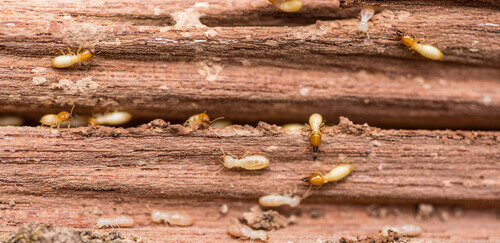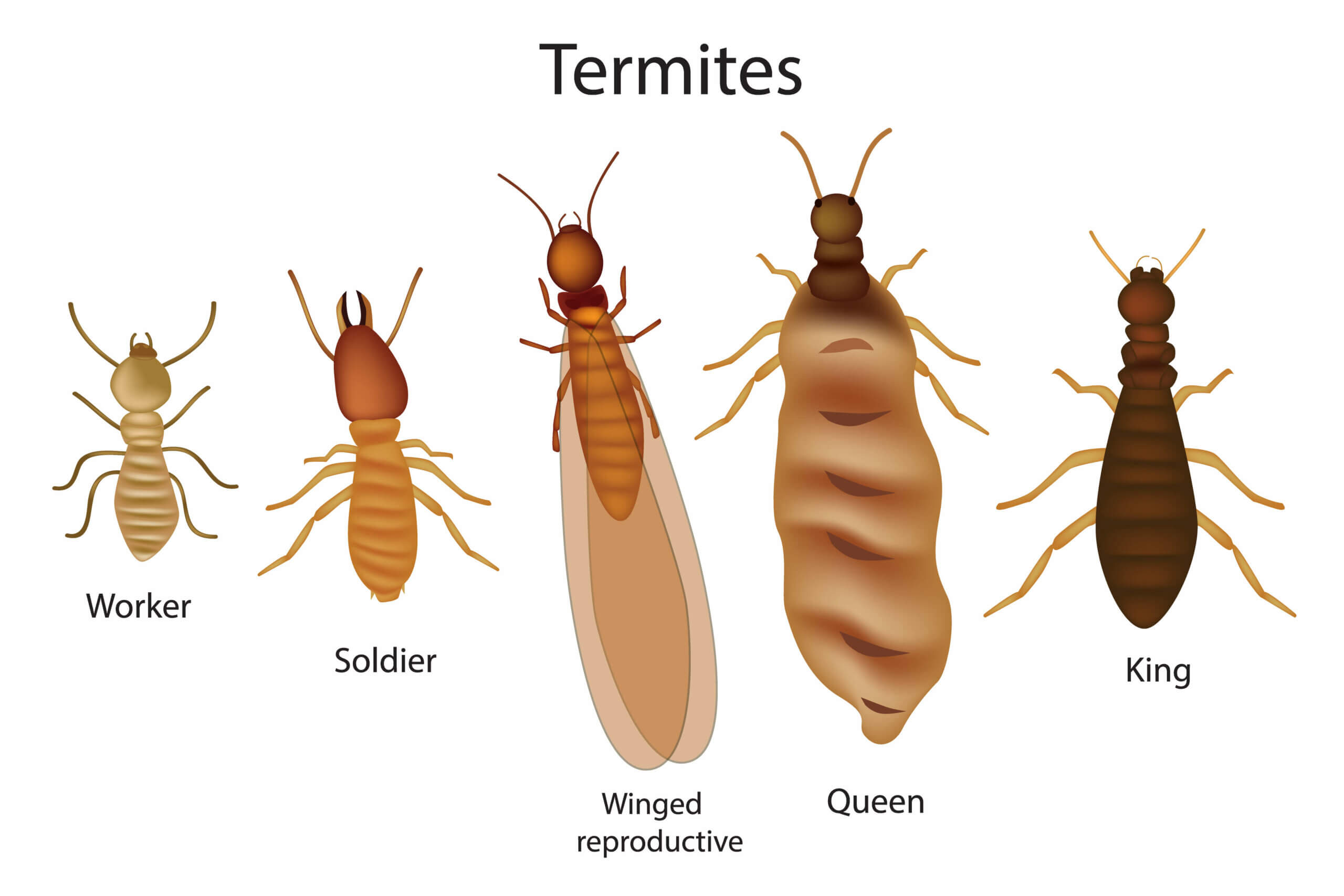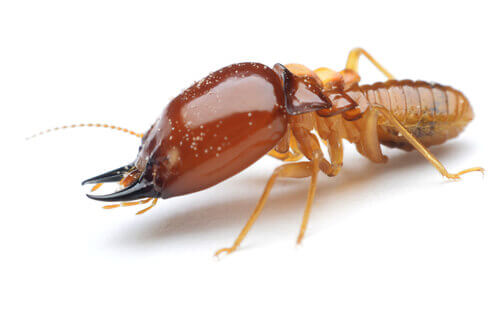All About the Destructive Power of Termites

Termites can be a real headache when it comes to any area where there’s a lot of wood. In fact, many say they’re capable of demolishing an entire house. With that in mind, we want to take a look at the destructive power of termites.
These insects feed on wood pulp, which they process through protozoa that live in their digestive system. In a natural environment, they obtain their nourishment from trees and other vegetable material. However, in human environments, they feed on wooden homes and furniture, cardboard, and any other material containing wood pulp.
There are some 3000 species on record, however, only 7% of them affect human structures. Though they tend to live in tropical forest ecosystems, they have also spread in temperate climates. Their colonies can consist of up to 3 million insects.
Termites are considered an urban plague. Once they install themselves in an object, they quickly colonize, reproduce, and feed off the object. And, finally, they destroy it completely. The destructive power of termites worsens because they’re so small that it’s hard to identify them. What’s more, they work from deep inside the wood in order to avoid light.
These are small social insects of the isoptera infraorder that live grouped in nests and reproduce through a queen. Their colonies consist of the following castes: Workers, soldiers, and reproducers .

The differences between termites, moths, and woodworm
While all three of these insects eat wood pulp, biologically, they belong to different orders. Moths are flyers and build tunnels in wood, leaving behind traces of dust.
Woodworm have the physiology of a beetle. They aren’t social and they feed on wood during their larvae stage. Once they reach adulthood, they create a hole in order to leave, through which they also expel their excrement. Because they make noise when they gnaw on wood, these insects are detectable.
How to prevent termites
In order to prevent a termite infestation in any area, there are several factors to pay attention to. These include the way they enter objects, the source of nutrition, and the presence of humidity.
As for the point of entry, it’s important to cover possible cracks and crevices around all of the structures in buildings. For example, in the areas surrounding water and gas tubes. At the same time, avoid keeping materials with contaminated wood, like old objects and pieces of furniture, firewood, etc.
Regarding their source of nutrition, objects containing wood pulp should be separated from walls, columns, and the floor. This makes it more difficult for termites to build nests. The same is also true for external walls. In addition, don’t forget that the use of repellents can keep them from appearing.

How to identify the presence of termites
You can identify the signs of their activity before it’s too late. To do so, you must inspect any structures that are prone to infection… Columns, walls, roofs, and furniture, etc. Pay special attention to their underside if they’re close to the ground.
The following signs indicate the presence of termites:
- Small piles of wood or mud
- Tiny perforations in wood
- Bulges underneath the paint on frames, walls, and other surfaces
- The formation of small and thin brown stalactites or mud tubes hanging from roofs and other structures
- A hollow sound when you knock on wood
- A proliferation of small winged insects in the area, especially during spring
If you detect the presence of termites, save a sample of the insects in order to determine and confirm their class.
How to put an end to the destructive power of termites
Once you’ve confirmed the presence of termites, there are a variety of ways to get rid of them. From substances to traps, to baits that homeowners can place themselves, to professional methods:
- Cardboard traps or bait. Place strips of moist cardboard near the infested areas. Once the termites have infested the cardboard, take it outside and burn it.
- Spread nematodes, which are very beneficial to the earth. These are worms that attack termites, which leads to their death. You can purchase them in gardening stores.
- If the termites have infected small or medium-sized objects, then place them in the sun for several days. If they’re small enough, you can stick them in the refrigerator. Both of these methods are effective for the same reason: termites die in extreme temperatures. For that reason, they flee from light and the heat of the sun.
- Apply boric acid to suspected areas. This chemical paralyzes and dehydrates termites.
- Apply over the counter chemical poisons. For this solution, you should follow the manufacturer’s instructions and precautions to a tee.
- Seek professional services. The detection and extermination of termites through fumigation, microwaves, and other techniques offer the advantage of guaranteed results.
